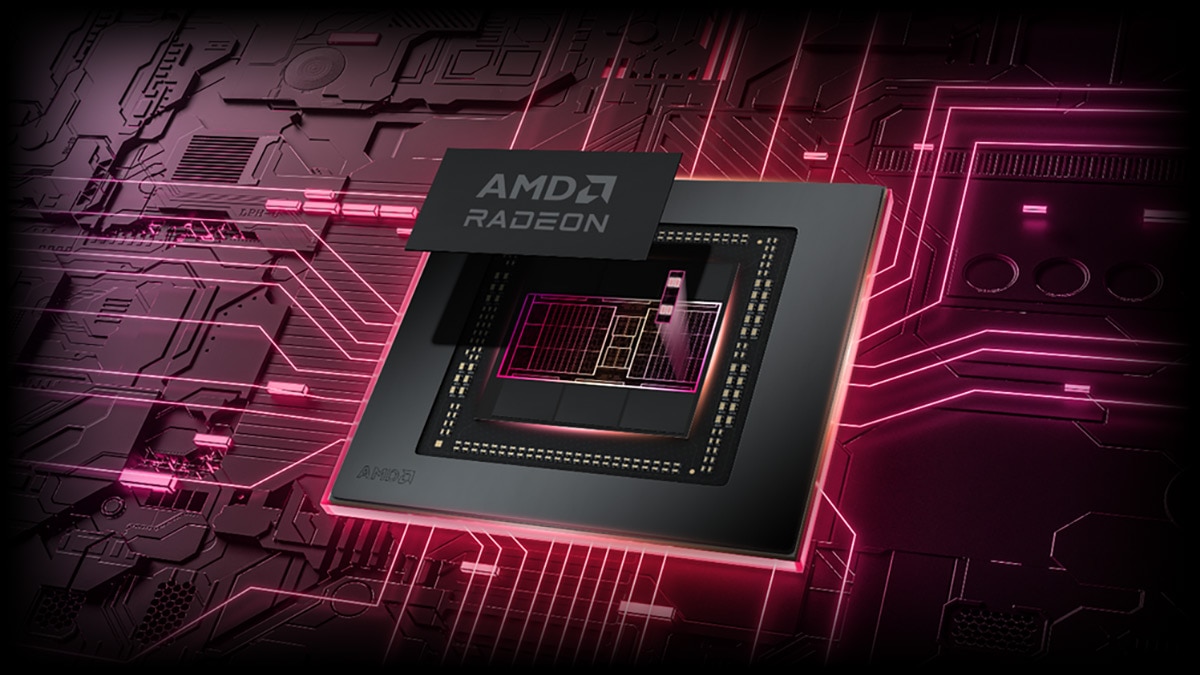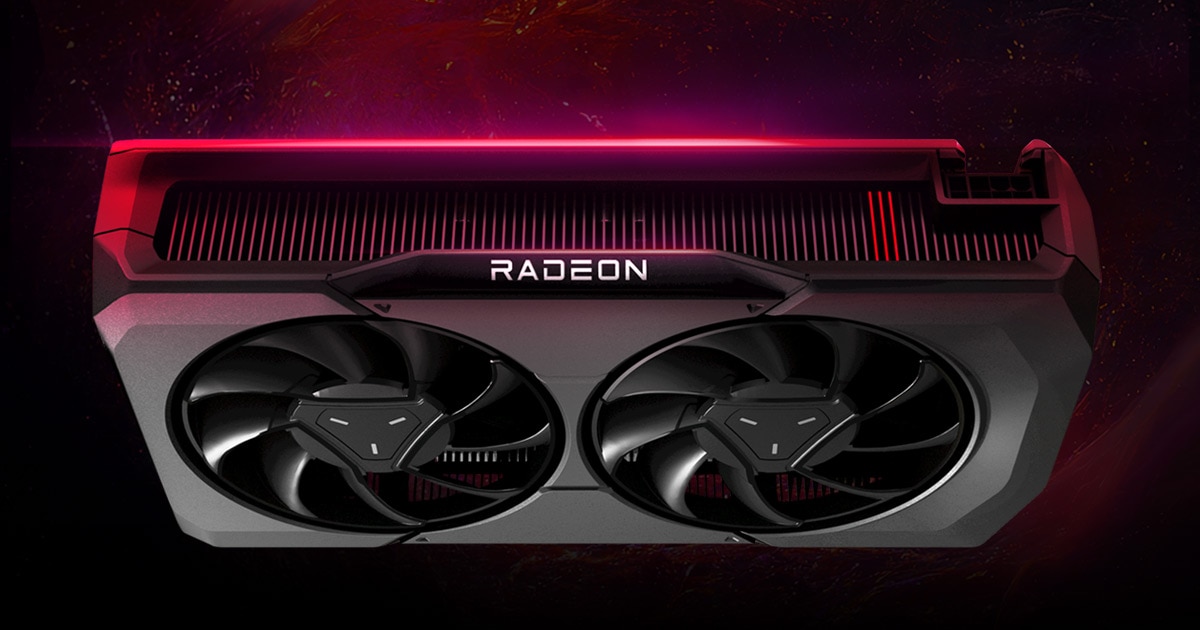AMD’s New Strategy: Shifting Focus from Flagship Radeon Gaming GPUs
Sunday, September 08, 2024AMD’s New Strategy: Shifting Focus from Flagship Radeon Gaming GPUs
In a surprising move, AMD has announced a strategic shift in its approach to the gaming GPU market. Jack Huynh, Senior Vice President and General Manager of AMD’s Computing and Graphics Business Group, recently discussed this new direction in an interview with Tom’s Hardware.
Moving Away from Flagship Dominance
Traditionally, AMD has been known for its high-performance, flagship GPUs that compete directly with NVIDIA’s top-tier offerings. However, Huynh revealed that AMD is now deprioritizing these flagship models in favor of a more balanced portfolio. This change is driven by a desire to cater to a broader audience, including mainstream gamers and budget-conscious consumers.
The Rationale Behind the Shift
Huynh explained that the decision stems from market analysis and consumer feedback. While flagship GPUs garner significant attention and showcase technological prowess, they represent a smaller segment of the market. By focusing on mid-range and entry-level GPUs, AMD aims to provide more accessible options without compromising on performance. This strategy is expected to attract a larger customer base and drive overall sales growth.
Impact on the Gaming Community
For gamers, this shift could mean more affordable options with competitive performance. AMD’s emphasis on value and efficiency aligns with the needs of many gamers who seek a balance between cost and capability. This approach also reflects a broader industry trend towards making high-quality gaming experiences more accessible to a wider audience.
Future Prospects
Looking ahead, AMD’s strategy could reshape the competitive landscape of the GPU market. By prioritizing a diverse range of products, AMD is positioning itself to better meet the evolving demands of gamers and tech enthusiasts. This move may also prompt competitors to reconsider their own strategies, potentially leading to more innovation and better options for consumers.
In conclusion, AMD’s decision to deprioritize flagship gaming GPUs marks a significant shift in the company’s approach. By focusing on a broader market segment, AMD aims to deliver high-performance, cost-effective solutions that cater to the diverse needs of the gaming community. This strategy not only reflects AMD’s commitment to innovation but also its dedication to making gaming more inclusive and accessible.
AMD’s shift in strategy to focus less on flagship gaming GPUs and more on mid-range and entry-level options could have several implications for the future of AMD Radeon:
1. Broader Market Reach
By targeting a wider audience, AMD Radeon could see increased adoption among mainstream gamers and budget-conscious consumers. This could lead to higher overall sales volumes and a stronger market presence.
2. Enhanced Value Proposition
Focusing on mid-range and entry-level GPUs allows AMD to emphasize value and performance efficiency. This could attract gamers who are looking for cost-effective solutions without sacrificing too much on performance, potentially increasing customer loyalty.
3. Innovation in Mid-Range and Entry-Level Segments
With more resources allocated to these segments, we might see significant innovations and improvements in mid-range and entry-level GPUs. This could include better power efficiency, improved cooling solutions, and enhanced gaming performance.
4. Competitive Pressure
AMD’s new strategy could put pressure on competitors like NVIDIA to also focus more on the mid-range and entry-level markets. This could lead to more competitive pricing and better options for consumers across the board.
5. Sustainability and Longevity
By not solely focusing on high-end, power-hungry GPUs, AMD could also make strides in creating more sustainable and energy-efficient products. This aligns with broader industry trends towards sustainability and could appeal to environmentally conscious consumers.
6. Potential Risks
There are also potential risks. For instance, AMD might face challenges in maintaining its reputation for high-performance GPUs if it deprioritizes flagship models. Additionally, the success of this strategy will heavily depend on how well AMD can balance performance and cost in its new product offerings.
Overall, AMD Radeon’s future looks promising with this new strategy, as it aims to cater to a larger and more diverse audience while continuing to innovate and deliver value.
How NVIDIA Might Respond To This Strategy
NVIDIA’s response to AMD’s new strategy of deprioritizing flagship gaming GPUs could take several forms:
1. Doubling Down on High-End GPUs
NVIDIA might continue to focus on its high-end GPUs, such as the RTX 4090 and potential future models like the RTX 5090. By maintaining its dominance in the flagship segment, NVIDIA can cater to enthusiasts and professionals who demand the highest performance.
2. Expanding Mid-Range Offerings
To counter AMD’s push in the mid-range and entry-level markets, NVIDIA could enhance its offerings in these segments. This might involve releasing more competitive and cost-effective GPUs that provide good performance for mainstream gamers.
3. Leveraging AI and Software
NVIDIA has been heavily investing in AI and software solutions, such as DLSS (Deep Learning Super Sampling) and RTX technologies. By continuing to innovate in these areas, NVIDIA can offer unique value propositions that differentiate its products from AMD’s.
4. Marketing and Branding
NVIDIA could intensify its marketing efforts to highlight the superior performance and features of its GPUs. This might include showcasing real-world benefits of their high-end GPUs in gaming, content creation, and AI applications.
5. Strategic Partnerships
NVIDIA might form strategic partnerships with game developers and other tech companies to optimize games and applications for their GPUs. This could enhance the overall user experience and make NVIDIA GPUs more attractive to consumers.
6. Price Adjustments
To remain competitive, NVIDIA might adjust the pricing of its mid-range and entry-level GPUs. Offering more attractive price points could help NVIDIA capture a larger share of the mainstream market.
Overall, NVIDIA is likely to leverage its strengths in high-end performance, AI, and software to maintain its competitive edge while also addressing the growing mid-range and entry-level segments.
How Intel Arc Might Respond To This Strategy
Intel Arc’s response to AMD’s new strategy of focusing less on flagship gaming GPUs and more on mid-range and entry-level options could be quite interesting. Here are some potential ways Intel Arc might react:
1. Strengthening Mid-Range and Entry-Level Offerings
Intel Arc has already positioned itself as a strong contender in the mid-range and entry-level GPU market. With AMD shifting focus, Intel might double down on improving its Arc 3, Arc 5, and Arc 7 series to offer even better performance and value.
2. Aggressive Pricing
To attract more budget-conscious gamers, Intel could adopt aggressive pricing strategies. By offering competitive prices for their GPUs, Intel can capture a larger share of the market, especially among those looking for cost-effective gaming solutions.
3. Driver and Software Optimization
Intel has been working on improving its driver support and software ecosystem for Arc GPUs. Continued enhancements in this area could make Intel Arc GPUs more appealing by ensuring better compatibility and performance across a wide range of games.
4. Marketing and Partnerships
Intel might increase its marketing efforts to highlight the strengths of Arc GPUs, such as their value for money and performance in popular games. Partnerships with game developers to optimize titles for Arc GPUs could also enhance their appeal.
5. Innovation and Features
Intel could focus on introducing innovative features that set Arc GPUs apart from the competition. This might include advanced ray tracing capabilities, AI-driven enhancements, and other unique technologies that improve gaming experiences.
6. Expanding Product Lineup
To cover more segments of the market, Intel might expand its Arc lineup with new models that cater to different performance and price points. This would allow them to offer tailored solutions for various types of gamers.
Overall, Intel Arc is likely to leverage its strengths in the mid-range and entry-level segments to compete effectively with AMD’s new strategy. By focusing on value, performance, and innovation, Intel can carve out a significant niche in the gaming GPU market.




